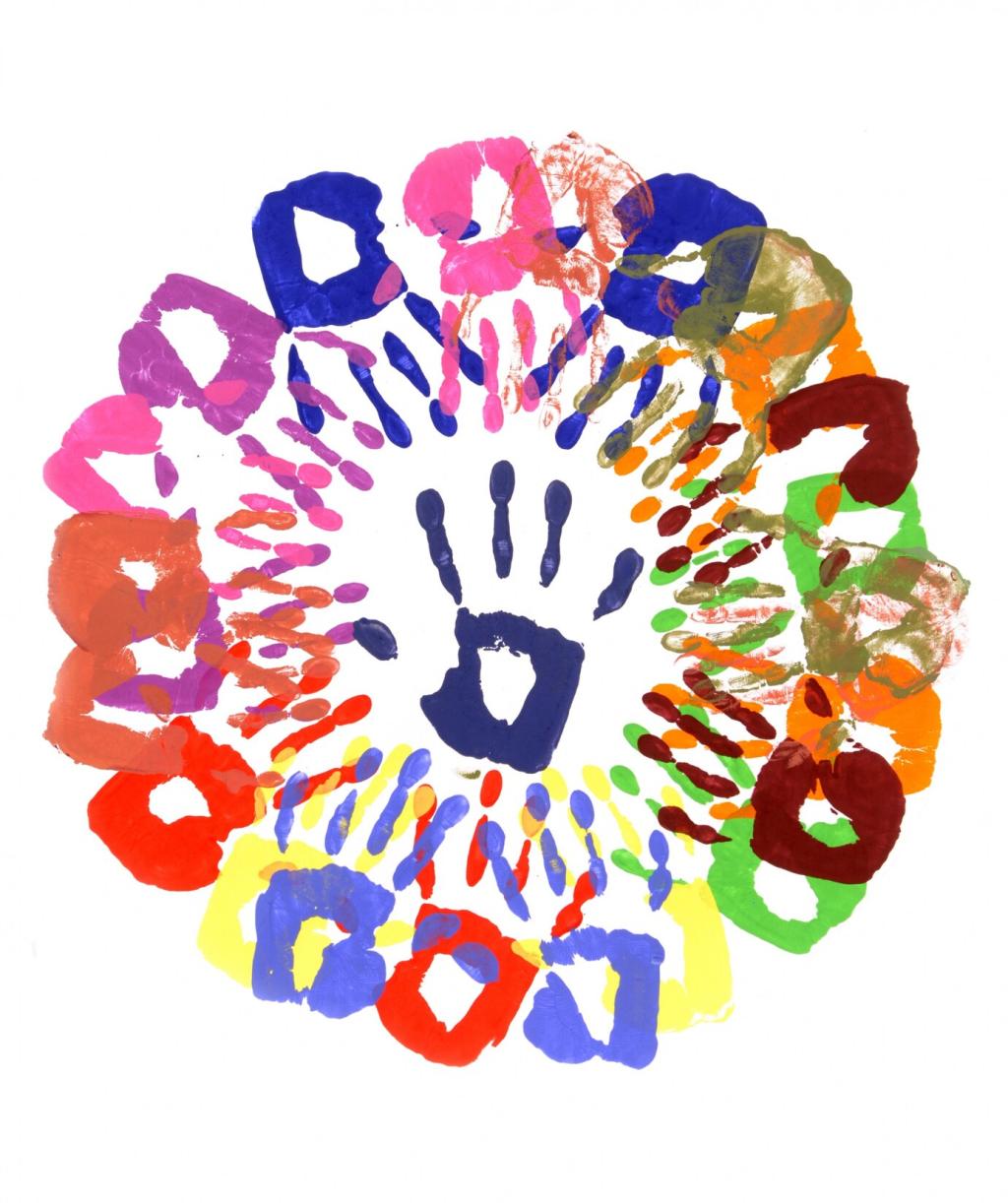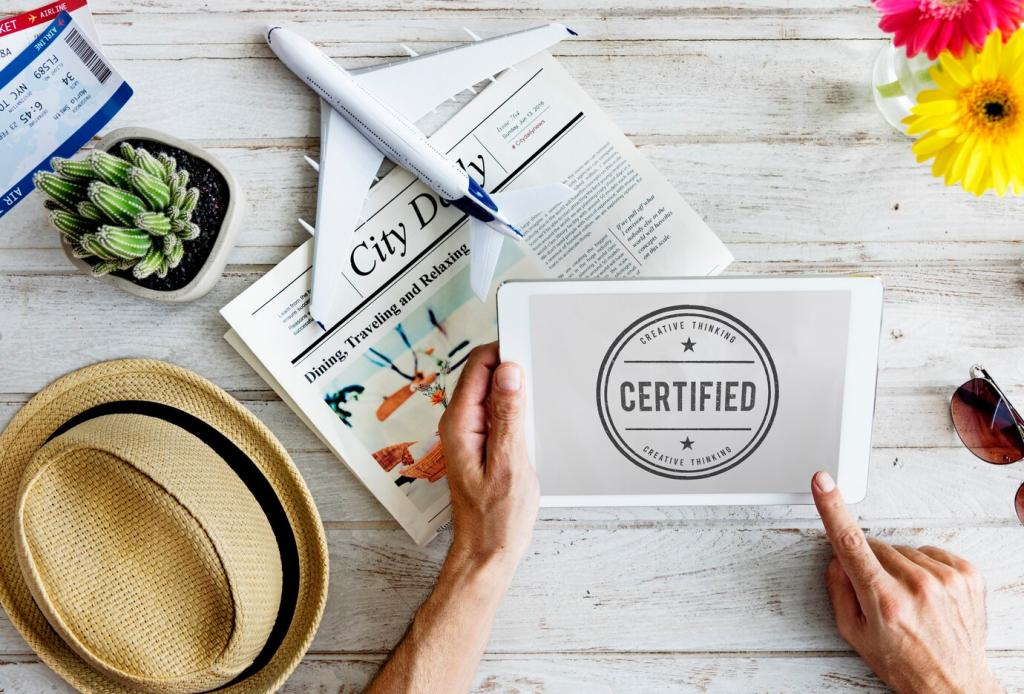Sustainability and Community Benefit
Adopt low-impact transport, reduce waste, and prefer seasonal, local services. Some groups now schedule voluntourism-free visits, choosing instead to fund community projects selected by residents and monitored transparently.
Sustainability and Community Benefit
Learn equitable pricing models, advance payments, and cancellation cushions protecting artisans. Publish clear revenue shares when appropriate so guests understand how their spending supports livelihoods and cultural continuity.







